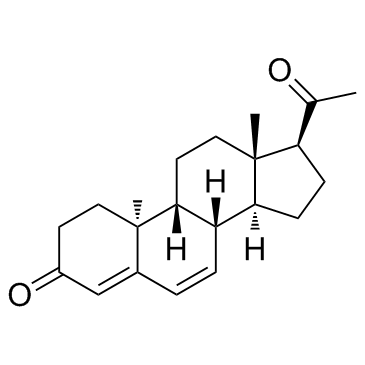| Structure | Name/CAS No. | Articles |
|---|---|---|
 |
6-Dehydroprogesterone
CAS:1162-56-7 |
|
 |
Dydrogesterone
CAS:152-62-5 |